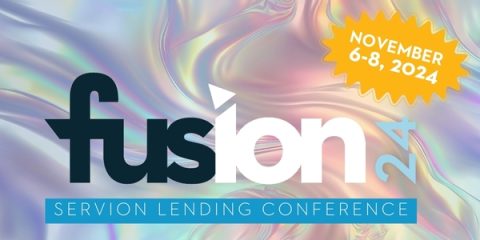Published on November 21, 2023
3 Common Types of Mortgage Loans
Written by The Servion Group

Buying a home is exciting, but the financial side can sometimes feel overwhelming. The good news is that choosing among the various loan types isn’t all that painful if you have some basic knowledge. Once you know how much down payment you can afford and what your credit score is, you’ll be able to talk to your lender about which loan best fits your life.
CONVENTIONAL LOANS
This is the most common type of mortgage. A conventional loan is simply a loan that is not insured by the federal government. Conventional loans are either “conforming” or “non-conforming.” A loan is conforming if it is less than the limit set by the Federal Housing Financing Agency.
BASIC OVERVIEW:
- Can be used for primary home, second home or investment property.
- Usually need a credit score of at least 620 to qualify.
- PMI is usually required until you hit 20 percent equity.
- Available to anyone who meets a lender’s requirements.
- Down payments can vary: 3-5% to purchase a primary home; 10% to buy a second home; 15% to buy investment property.
WHO SHOULD GET A CONVENTIONAL LOAN?
Conventional loans are often a good fit for borrowers with strong credit, a stable income and employment history, and a down payment of at least 3 percent.
JUMBO LOANS
Jumbo loans are conventional loans that have non-conforming loan limits. For 2022, the maximum conforming loan limit in most of the U.S. is $647,200, so a loan higher than that is considered a jumbo loan. In certain high-cost areas, the ceiling is $970,800. Jumbo loans are more common in higher-cost areas, and generally require more in-depth documentation to qualify.
BASIC OVERVIEW:
- Allows you to borrow to buy a home in a high-cost area.
- Interest rates are usually comparable to other conventional loans.
- May require a credit score of 720 or higher.
- The required down payment is often 20-30% depending on loan size.
WHO SHOULD GET A JUMBO LOAN?
Jumbo loans may make sense for people buying in an expensive area or buying a high-end home. Jumbo borrowers should have good to excellent credit, a high income, and a substantial down payment.
FHA, VA, & USDA
There are three government-insured loans: FHA, VA, and USDA. The government does not loan money, but it does offer programs that make it easier for certain people to become homeowners.
FHA:
- Allows people to buy homes with as little as 3.5% down and often with credit scores that don’t meet the standards of conventional loans.
VA:
- Low-interest loan for U.S. military members (active duty and veterans) and their families.
- No down payment and no PMI required.
USDA:
- Designed to help moderate-to-low-income borrowers buy homes eligible rural areas.
- No down payment required.
WHO SHOULD GET A GOVERNMENT-INSURED LOAN?
These loans may be a good fit if you have low cash savings or less-than-stellar credit and can’t qualify for a conventional loan. You may incur higher overall borrowing costs, such as mandatory mortgage insurance that cannot be canceled, on some loan types.
-
Trending Categories


